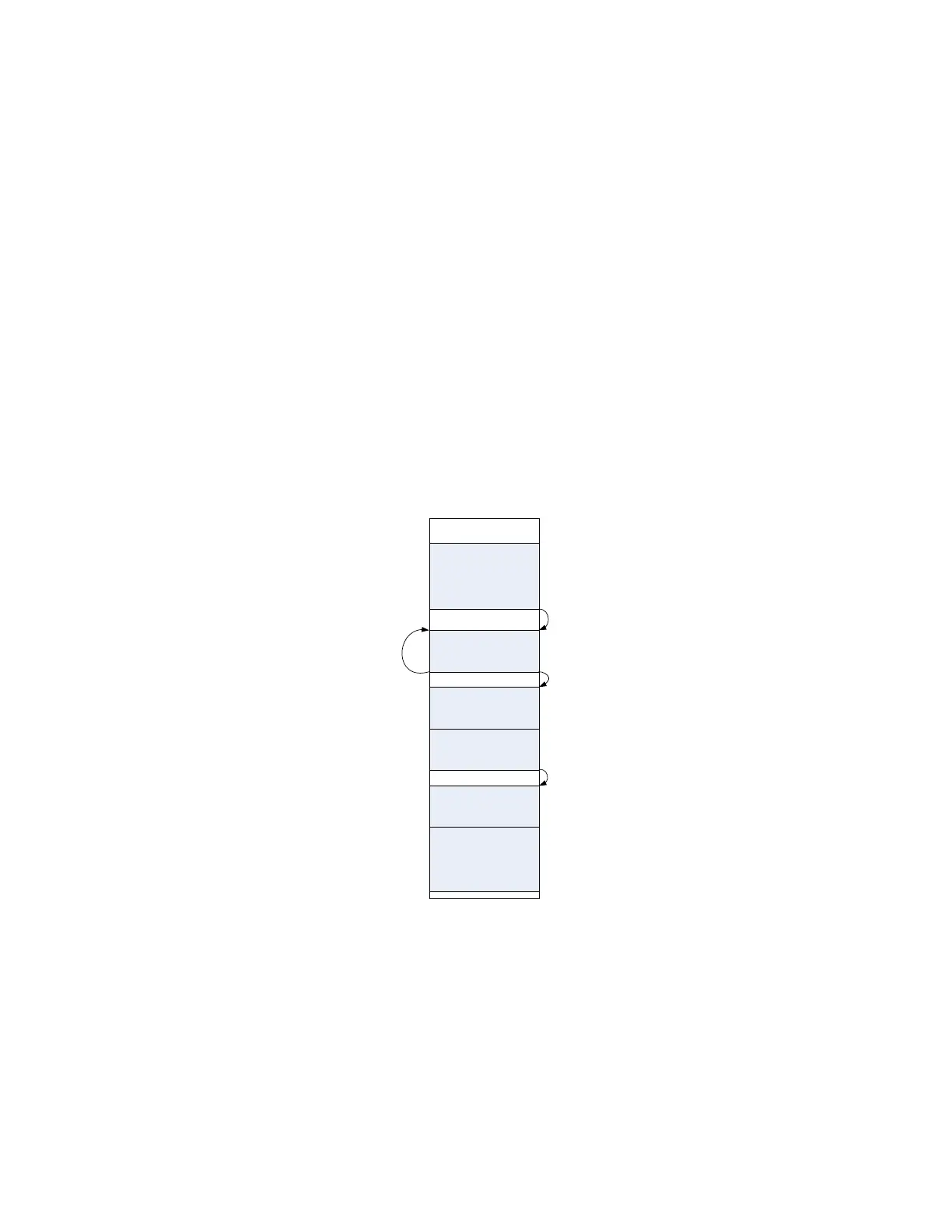Examples:
One segment with 257 or more sample vectors (big segment)
One segment with 129 vectors and a loop count of 2 (Loop count multiplies the
segment length)
Two segments with 126 and 131 vectors. (Multiple small segments are combined to
meet the requirement)
One segment of 5 vectors and one big segment. (One or multiple small segments which
don’t meet the linear playtime requirement by themselves, must be located in the
memory in front of the next big segment)
Any small segment with a conditional advancement causes the linear playtime
requirement to be met automatically. The advancement event to exit the segment is
delayed internally until the linear playtime condition is met. A status register signals any
linear playtime violation.
Any small segment with an advancement mode set to repeated or single causes the
linear playtime requirement to be met automatically. The advancement event is delayed
internally until the linear playtime condition is met. A status register signals any linear
playtime violation.
For the given example sequence, the linear play time requirement is met. Segment A is
a segment with a play time that is bigger than 256 vectors. Due to its loop count,
segment B is also bigger than 256 vectors. Segment C and D are placed next to each
other and the resulting length is 260 vectors. The small segment E is placed in front of a
big segment.

